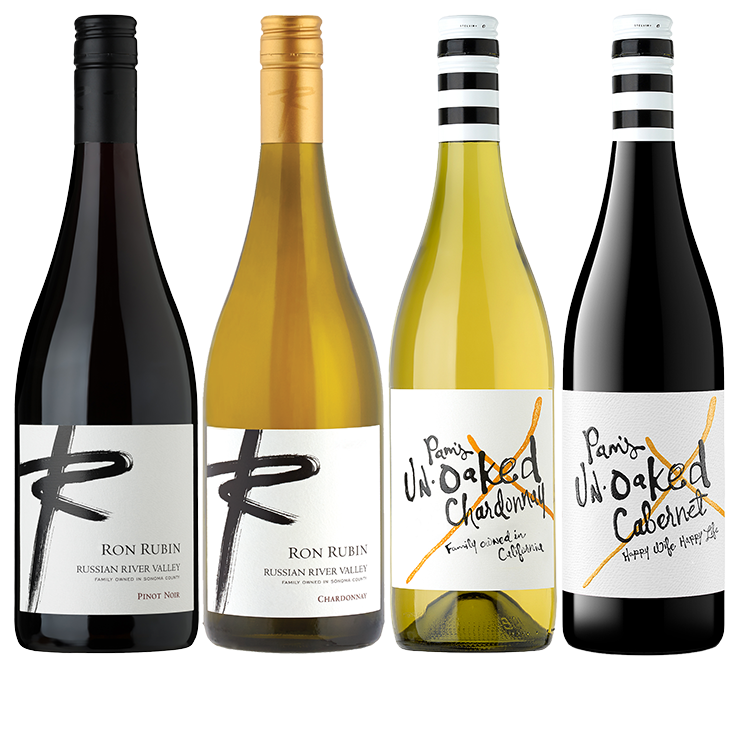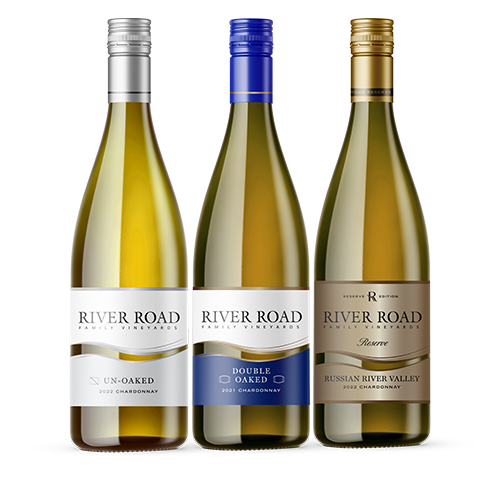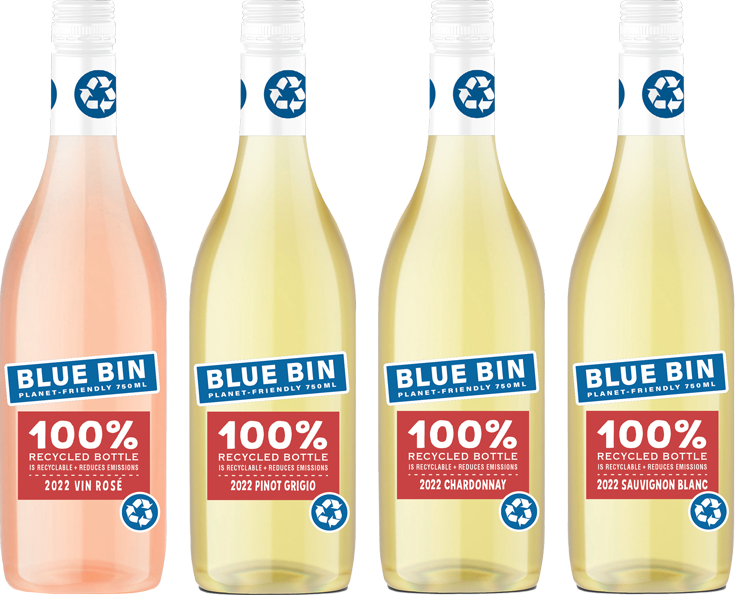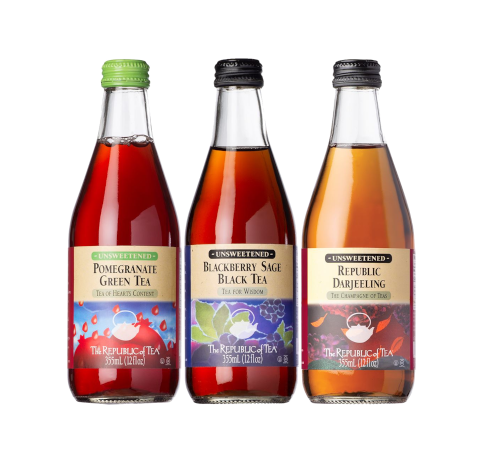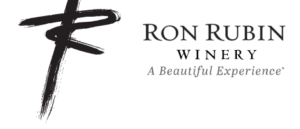VINEYARD UPDATE – A New Growing Season
2023 is off to a great start! I’m feeling really good about one of the most important metrics to a successful grape growing season, which is our yearly rain totals. So far to date we’ve received an average of 34’’ of rain here at the winery. Which puts us really close to the historical average of 36”. Comparing where we were at this time of year over the last two years we are in a much better spot. In 2021 our year-to-date total was a measly 9.5” and in 2022 we were at just 26”. Last March I made the prediction “Given the conditions thus far this season I would expect to be running on the earlier side of harvest this year with some yields being affected for vineyards that lack the ability to irrigate.” This prediction proved to be an accurate one as it was an early harvest with low yields in most vineyards. I’m feeling much more optimistic this year as soils have been recharged which will give the vines a much needed boost going into the initial stages of the season. Another thing I’m feeling good about right now is the timing of budbreak. At this time last year some vineyards in the county had already experienced budbreak which was extremely early. A more normal timeframe sees the vines awaken toward the second or third week in March. Given the colder temperature we have been experiencing and where vineyards are at right, it looks like budbreak will be right on time!
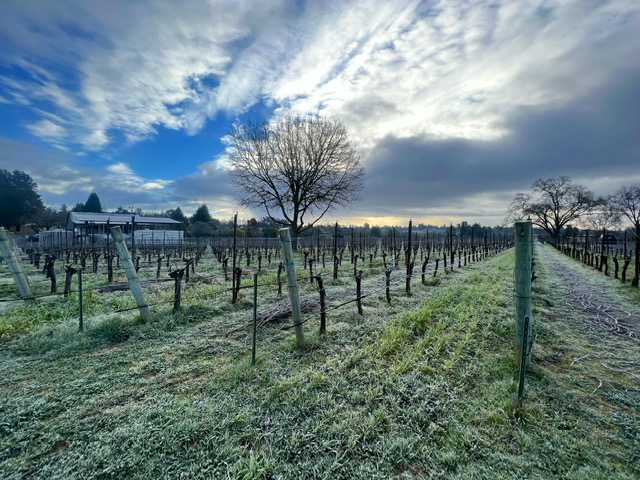 Freshly Pruned Estate Vineyard
Freshly Pruned Estate Vineyard
The importance of Vine Pruning
Last week Alvaro finished pruning the vineyard. Pruning sets the vines up a successful growing season. Over the years, we have made a big shift in how we prune the vines. We moved away from “spur” pruning to almost everything being “cane” pruned. We’ve done this because cane pruning removes permanent cordon arms, reducing the likelihood of vine vascular disease. Another major benefit is that it gives us more flexibility in managing cane length, bud count, and vine yield on each individual vine.
To help understand the main differences between “spur” and “cane” pruning I will explain each method. “Spur” pruned vines look like a classic grape vine. They are cordon trained which gives them that “T” shape when they are dormant or have no leaves on them. All the “permanent” wood has been trained over many years into that shape. The horizontal arms of the “T” are the “cordons” which have spurs spaced every six inches or so. It is from the spurs where the vines and grape clusters grow every season.
“Cane” pruned vines are not trained in a “T” shape. They are one vine trunk and a head. They do not have the “permanent” cordons on either side of the head. Instead canes or vines growing from the head from the previous year’s growth are left during pruning and then laid down onto the “training” wires. The new growth each season comes from the buds on those canes. After the growing season is complete, those one-year-old canes are pruned back and strong, healthy canes are laid down to take their place.
Alvaro’s decades of experience and expertise ensures that our pruning techniques achieve balance between crop yield and canopy growth. A balanced vineyard ultimately produces the best quality grapes and, in the end, the best quality wine!
On behalf of the entire team here at Ron Rubin Winery, we wish you all continued good health!

